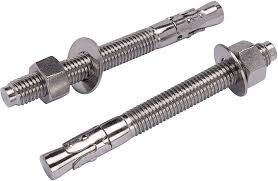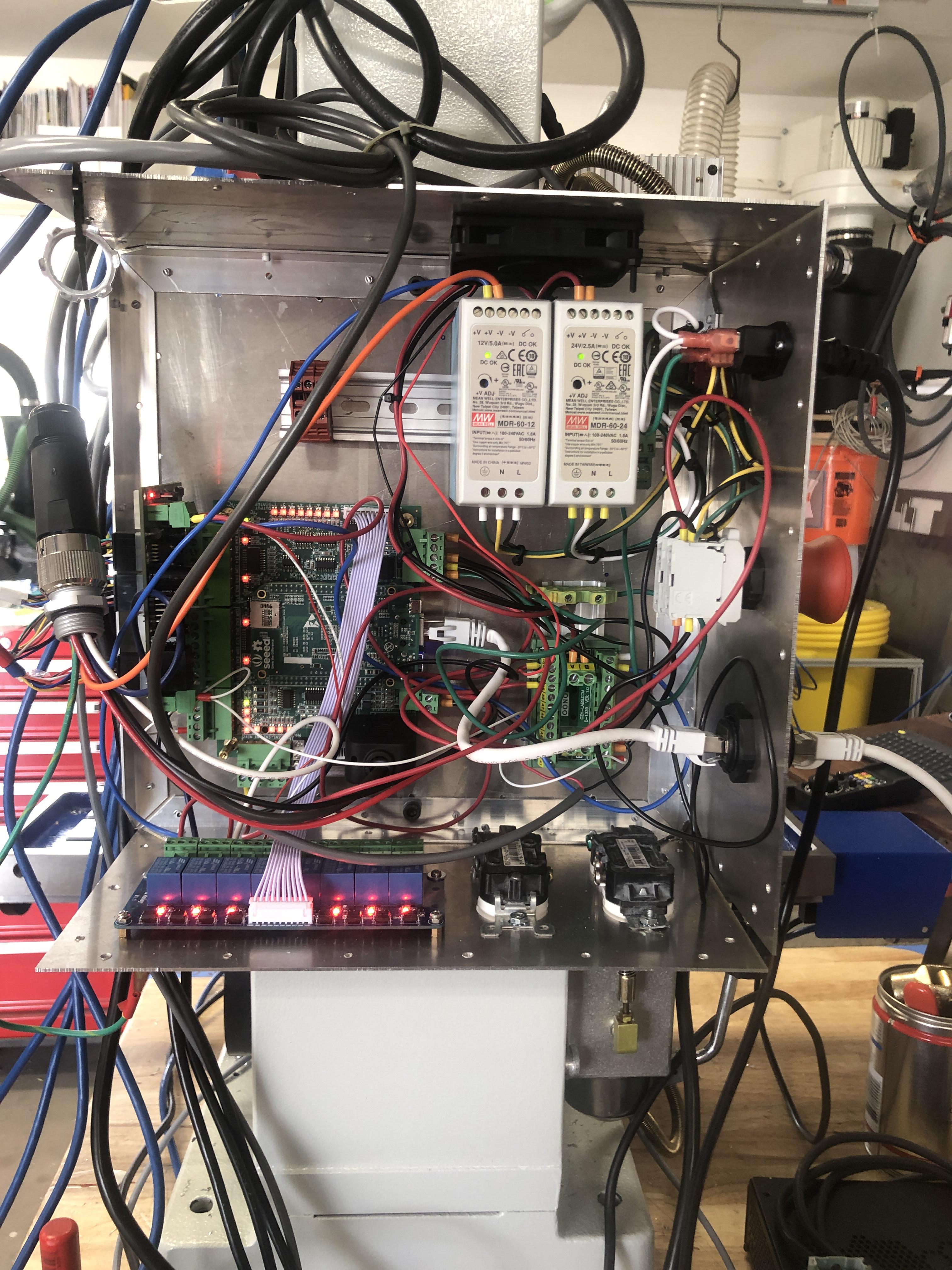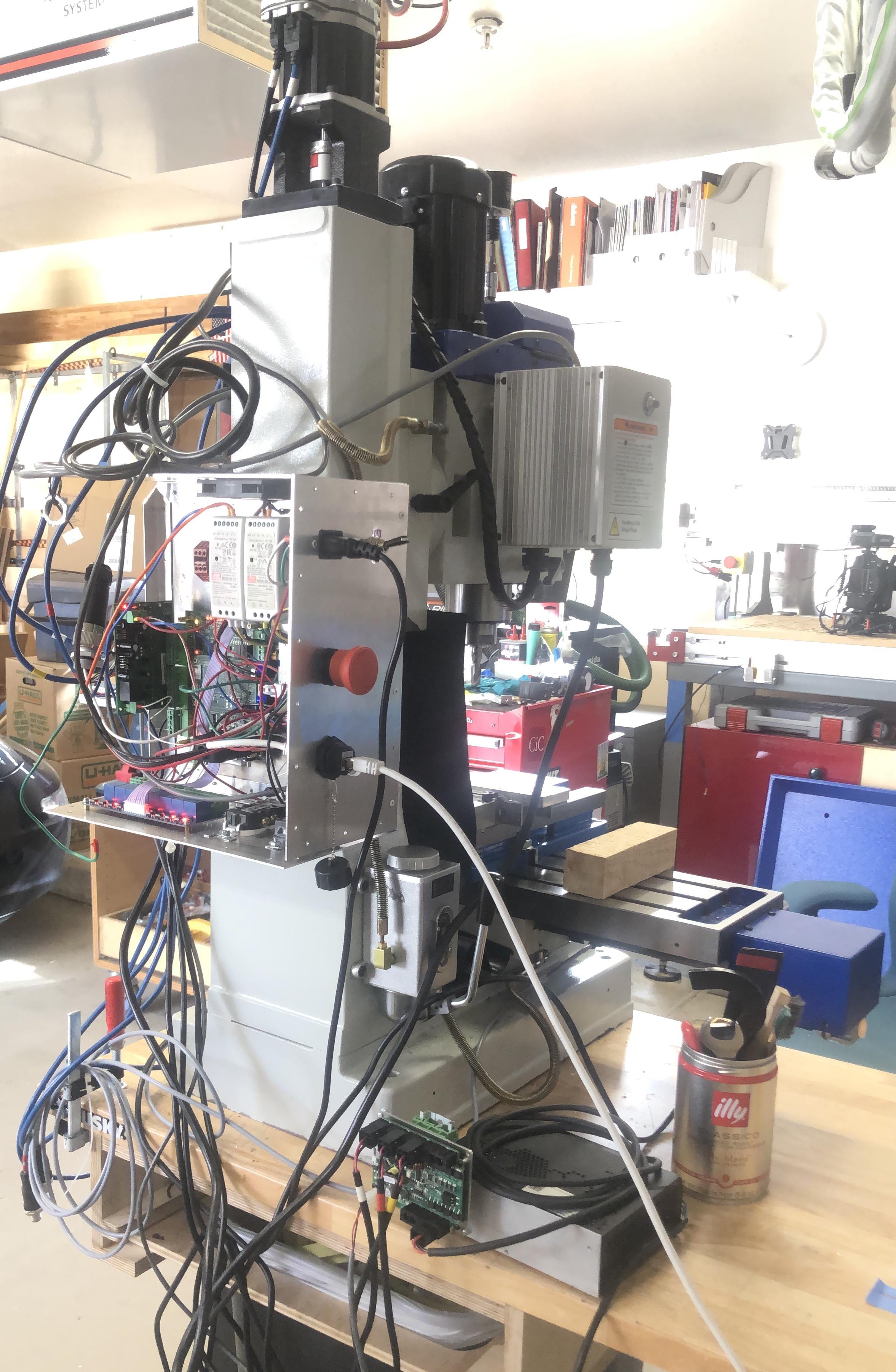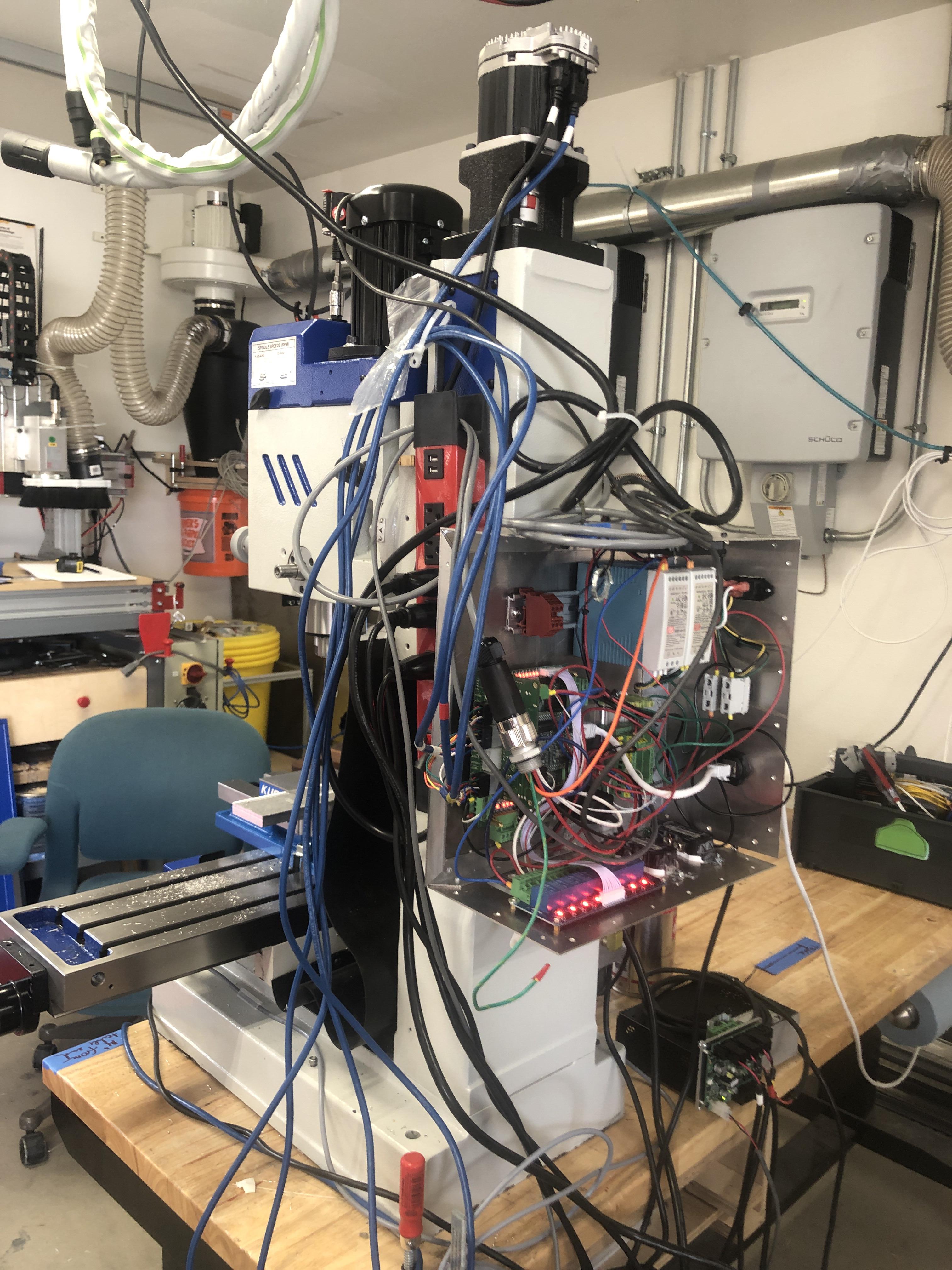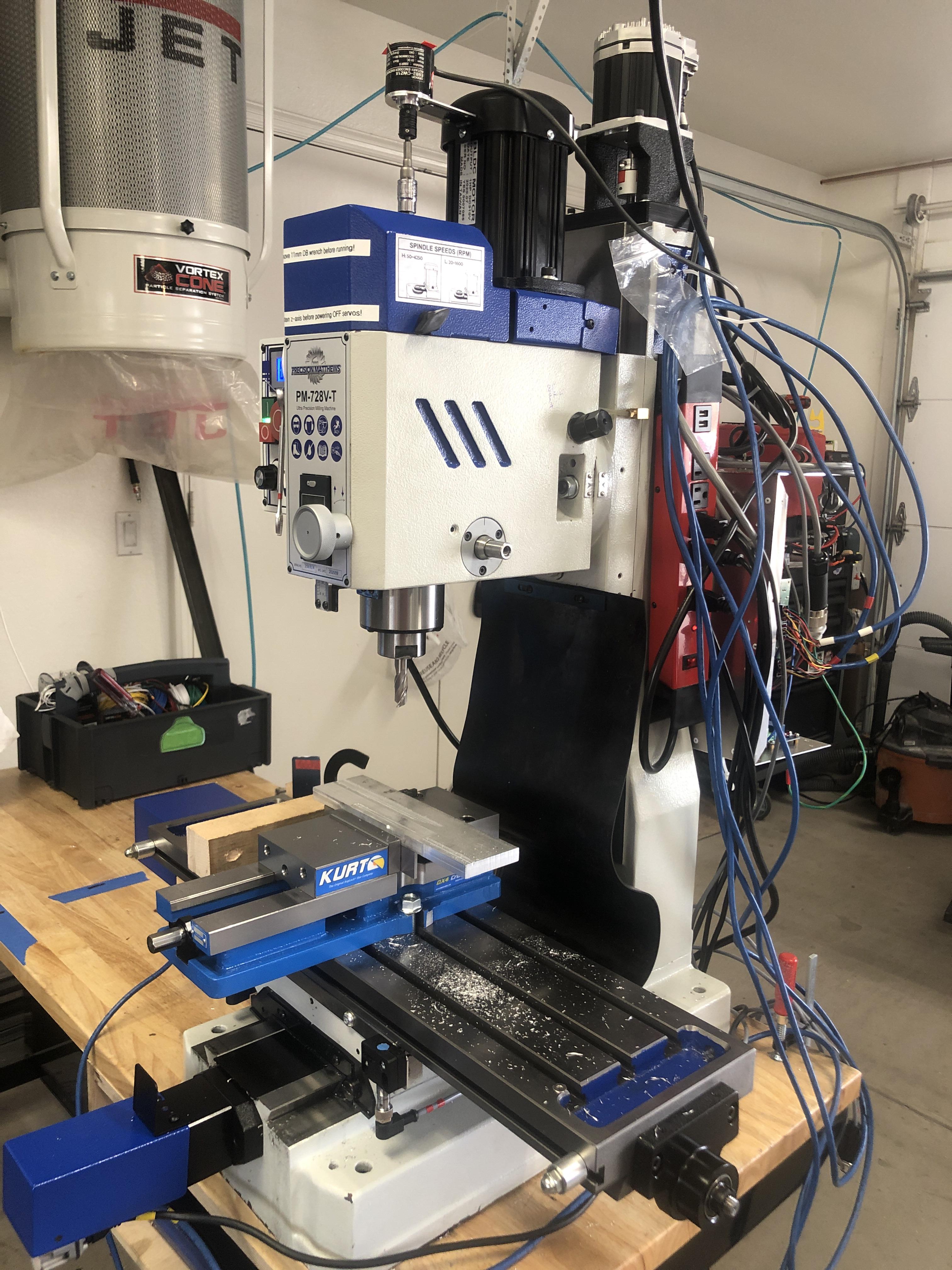View attachment 358874
I need some advice re: base fabrication.
I have some leftover 2x1x1/8" steel channel I want to get rid of, so that s my first choice, unless advised otherwise. I will have corner braces to stabilize the structure at the top, one shelf for the coolant pump, and a second one for a drawer, and plates at the bottom to screw anchors into the floor. Plan to weld the rectangular top together, flat and square, but the legs will be screwed to the top for dampening. The shelves will also be screwed to the legs.
Second, I plan to add a coolant tub, which will have to be about 53" wide and 28" deep. Side walls for the enclosure will be made of 8020 1010 sticks.
Should I make the base just to support the mill, like in the rendering above, or should I bring the front all the way forward under the motor ( the protuberance at the front is the y servo motor, which sticks out 7 1/2" from the base casting)?
I am at an impasse and need your advice with the above.


